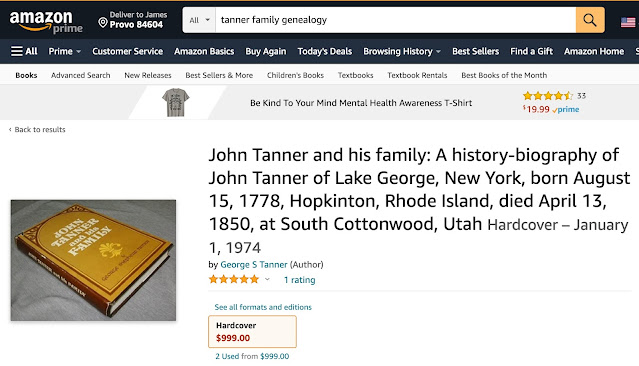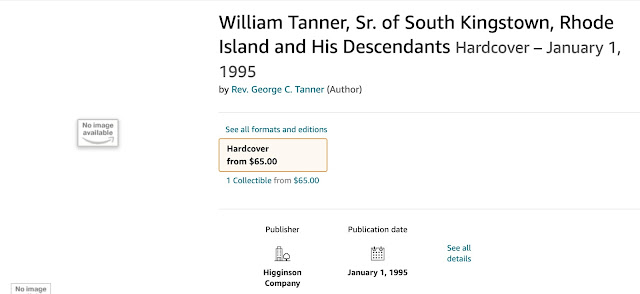Over the years of being involved in the larger genealogical community, I have found people who are overly protective of their own genealogical research. Sometimes, this protection extends to the extent that they will not allow anyone to copy or in some extreme cases, even view their accumulation of information about their family. They often justify this position by explaining that they are writing a book about their genealogy which some of them actually do. Their relatives soon learn that genealogy in their family is something done by this person and therefore there is no need for them to be interested at all. Of course, when the books are finally published, no one wants to buy or read the book.
In the now closed Mesa Family History Library in Mesa, Arizona, where I volunteered for about ten years, we had a section of about 1500 or so surname or family books. These books were eventually, for the most part, transferred to the Salt Lake City, Utah Family History Library. Many of these books have now been digitized and are available on the FamilySearch.org website. However, many of the authors of these books extended their protection of their work by adding a copyright notice. In these cases, even though the books are fully digitized and posted online, relatives of the author cannot view the contents unless they can find a paper copy of the book.
Most of these surname books are self-published. There is even a minor industry of companies that specialize in publishing this type of book. Generally, the cost of publishing a small run of hard-bound books increases the cost of each copy beyond what most relatives are willing to pay. Some of these books are now listed on Amazon and other book sellers with individual volumes in the hundreds of dollars. Here is an example.
This ad states that there are two used copies available from $999.00. Hmm. Guess what? I have two cases of these books in my basement. How does that happen? The author realizes after a short exploration of the cost of publishing his or her book that it is going to be very expensive. So, the author approaches the more affluent of his or her relatives for a subsidy with the promise that their photo and their story will be prominently displayed in the book. Other relatives are offered the book and told that they can then give copies of the book to their children and grandchildren. What remains unsaid is that the contents of the book are borrowed primarily from earlier family books that are likely already online on some website or another. However, in this particular case, the author or whoever now owns the copyright, can release that copyright claim and allow the book to be not only digitized by made available to anyone who wants to read it. Here is the digital copy of the same book on FamilySearch.org. Notwithstanding the fact that the book is digitized and on the FamilySearch.org website, some viewers may not be able to view the book due to either copyright or other restrictions.
As I have written in the past, there is a tremendous value in searching for and finding such a book, but it is always necessary to spend time checking the sources of information provided. This second book is mostly accurate but contains some problematical conclusions about the family's ancestry that have caused a great deal of confusion and conflict.










I enjoyed the article, probably because I wholeheartedly agree. The only thing that I would add is the possibility of using "copyleft" - using one of the license approaches from Creative Commons https://creativecommons.org/ . I think that this kind of research should be all about sharing.
ReplyDelete